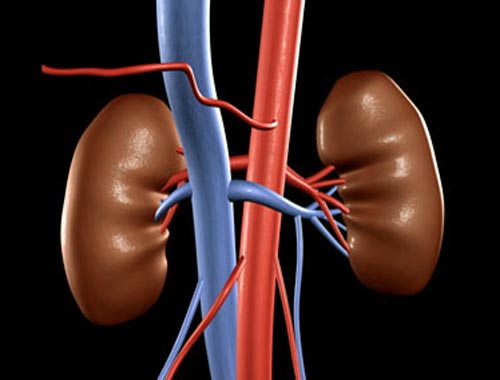
Lipoprotein Panel
* Fasting: Typically 9-12 hours before testing.
* Indicators: Increased or decreased triglycerides and cholesterol levels may suggest risk of coronary heart disease.
* Components:
* Total cholesterol
* LDL (bad) cholesterol: Main contributor to artery blockages
* HDL (good) cholesterol: Helps remove cholesterol from arteries
* Triglycerides: A type of fat in the blood
Normal Lipid Profile Ranges:
* Total Cholesterol:
* Normal: Below 200 mg/dL
* Borderline high: 200-239 mg/dL
* High: 240 mg/dL or higher
* LDL Cholesterol:
* Optimal: <100 mg/dL (goal for people with diabetes or heart disease)
* Near-optimal: 100-129 mg/dL
* Borderline high: 130-159 mg/dL
* High: 160-189 mg/dL
* Very high: 190 mg/dL or higher
* HDL Cholesterol:
* Level should be >40 mg/dL. Higher levels indicate lower risk.
* Level of 60 mg/dL or higher may provide significant protection against heart disease.
* Triglycerides:
* Normal: <150 mg/dL
* Borderline high: 150-199 mg/dL
* High: 200-499 mg/dL
* Very high: >500 mg/dL
Blood Enzyme Tests
* Creatine Kinase-MB (CK-MB):
* Indicates heart damage, such as a heart attack.
* Reference range: 3-5% of total CK or 5-25 IU/L.
* Troponin:
* Indicates muscle damage, especially heart muscle damage.
* Reference ranges:
* Troponin I: 0-0.04 ng/mL
* Troponin T: 0-0.01 ng/mL


DDxHub is a concentrator that holds a lot of disease descriptions. It relies on the System knowledgebase to diagnose a health condition.
Differential diagnosis Hub is the System distinguishing of a particular disease or health condition from others.